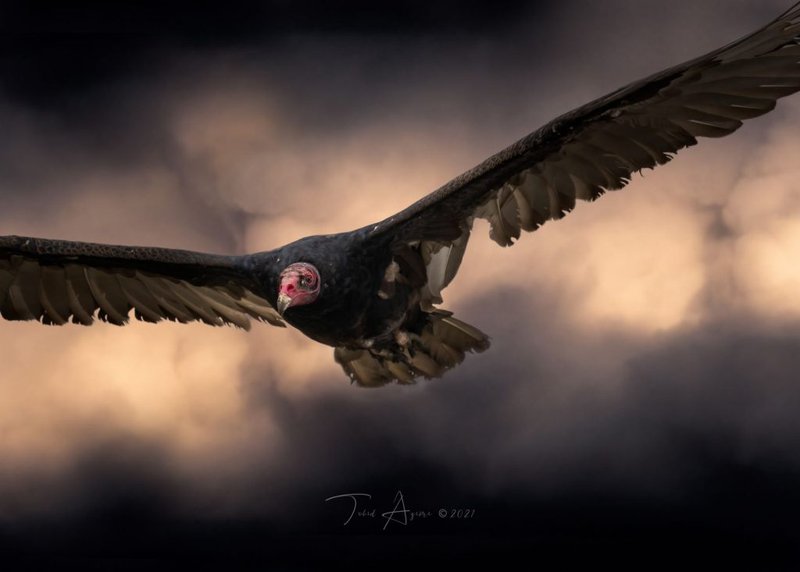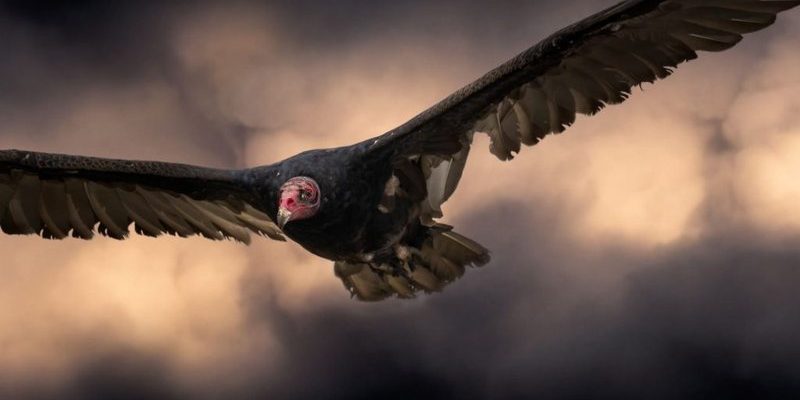
Imagine a family tree that stretches back millions of years. The turkey vulture is part of that family, branching out from ancient relatives who roamed the Earth. Understanding its **evolutionary history** helps us appreciate not just the bird itself but also the ecosystems it inhabits. So, let’s dive into the fascinating journey of the turkey vulture, from its early ancestors to its current status as a scavenger extraordinaire.
The Ancient Roots of Vultures
Vultures are part of a broader group of birds known as **Accipitridae**, which includes hawks and eagles. But, interestingly, the turkey vulture belongs to a different family. It’s classified under **Cathartidae**, a group that also includes other New World vultures. You might be wondering, “How did they get to be so different?” Well, it all comes down to evolution.
The **ancestors of vultures** are thought to have appeared around 25 million years ago in North America. During this time, the continents were in different positions than they are today, creating unique habitats. The turkey vulture likely evolved to adapt to these environments. For example, having a keen sense of smell helped these birds locate carcasses more effectively, a significant advantage over their Old World counterparts who rely mostly on sight.
Over time, as the climate changed and ecosystems evolved, so did the turkey vulture. Fossils suggest that they once had a broader range and could have lived in Europe and Asia. The adaptability of the turkey vulture in changing environments played a crucial role in their survival and eventual dominance in certain areas.
Physical Adaptations That Matter
When you see a turkey vulture up close, it’s hard to miss those unique features. Their **bald heads** might look a bit odd, but there’s a purpose behind this look. The lack of feathers on their heads helps keep them clean. When these birds dine on rotting carcasses, having a bald head means they can easily clean off bacteria and grime.
Another remarkable adaptation is their incredible **sense of smell.** While many birds rely on sight to find food, turkey vultures can actually smell decaying flesh from miles away. This ability is vital for their scavenging lifestyle, allowing them to discover meals that other scavengers miss. You might even say they have a built-in GPS for finding dinner!
Moreover, turkey vultures have long wings and a lightweight body, enabling them to soar effortlessly on thermal currents. This energy-efficient flying allows them to cover large areas while searching for food without expending much energy. It’s kind of like having a natural fuel-efficient car instead of a gas guzzler.
Behavior and Social Structure
Turkey vultures are not just solitary birds. They often gather in groups, especially when it comes to feeding. You might spot several turkey vultures dining on a carcass, working together to clean up the environment. This social behavior is beneficial, not only for finding food but also for communicating with each other.
When it comes to mating, turkey vultures are monogamous and typically mate for life. Their courtship rituals include soaring together and performing acrobatic displays in the air. Once they’ve found a partner, they often build their nests in secluded places like cliffs or abandoned buildings. Each pair typically raises 1-3 chicks, which both parents help nurture until they’re ready to fly.
In their daily lives, these birds often establish **territories** where they can feed and nest. This behavior helps reduce competition for food resources and allows them to thrive in various environments. It’s fascinating how these social interactions help create a balanced ecosystem.
The Impact of Habitat and Geography
The turkey vulture thrives in various habitats, from open fields to forests, and even urban areas. Their adaptability is part of what has allowed them to survive in diverse environments. As landscapes change due to human activity, these birds have shown a remarkable ability to adjust.
Unfortunately, habitat loss remains a significant concern. Urban development and agricultural practices can encroach on their nesting sites. However, turkey vultures have proven to be resilient; they’ve even found new feeding opportunities in cities, often utilizing food scraps left behind by people.
Protecting their habitats and ensuring they have spaces to thrive is crucial for maintaining the balance in our ecosystems. After all, a healthy population of turkey vultures means fewer roadkill incidents and a cleaner environment overall.
Conservation Efforts and Future Challenges
As we step into the future, it’s essential to recognize how human activity impacts turkey vultures. While they are currently not considered endangered, they face several challenges, including poisoning from rodenticides and habitat destruction.
Conservation efforts focus on educating the public about the important roles vultures play in our ecosystem. By raising awareness, people can learn to live in harmony with these birds and understand why it’s critical to protect their habitats.
Interestingly, some regions have implemented programs to monitor vulture populations and ensure their well-being. This work not only benefits turkey vultures but also enhances biodiversity, showing how interconnected all species are.
Why Understanding Turkey Vultures Matters
You might be asking yourself, “Why should I care about turkey vultures?” Well, beyond their intriguing evolutionary history, these birds are essential to our ecosystem. By scavenging dead animals, they help prevent the spread of disease and keep our environment clean.
Moreover, understanding turkey vultures can teach us valuable lessons about adaptability and resilience in the face of change. As climate change affects wildlife, looking at how these birds have evolved can inspire strategies for conservation and ecological balance.
In a world increasingly affected by human activities, appreciating creatures like the turkey vulture can foster a deeper connection to nature. If we recognize their role, we can appreciate the more extensive web of life they represent.
In conclusion, the evolutionary history of the turkey vulture showcases not just the journey of a bird, but also a reflection of the delicate balance within our ecosystems. By studying their past and advocating for their future, we continue to participate in protecting the natural world around us. So next time you see a turkey vulture gliding through the sky, remember the fascinating history and the essential role it plays in our environment.

